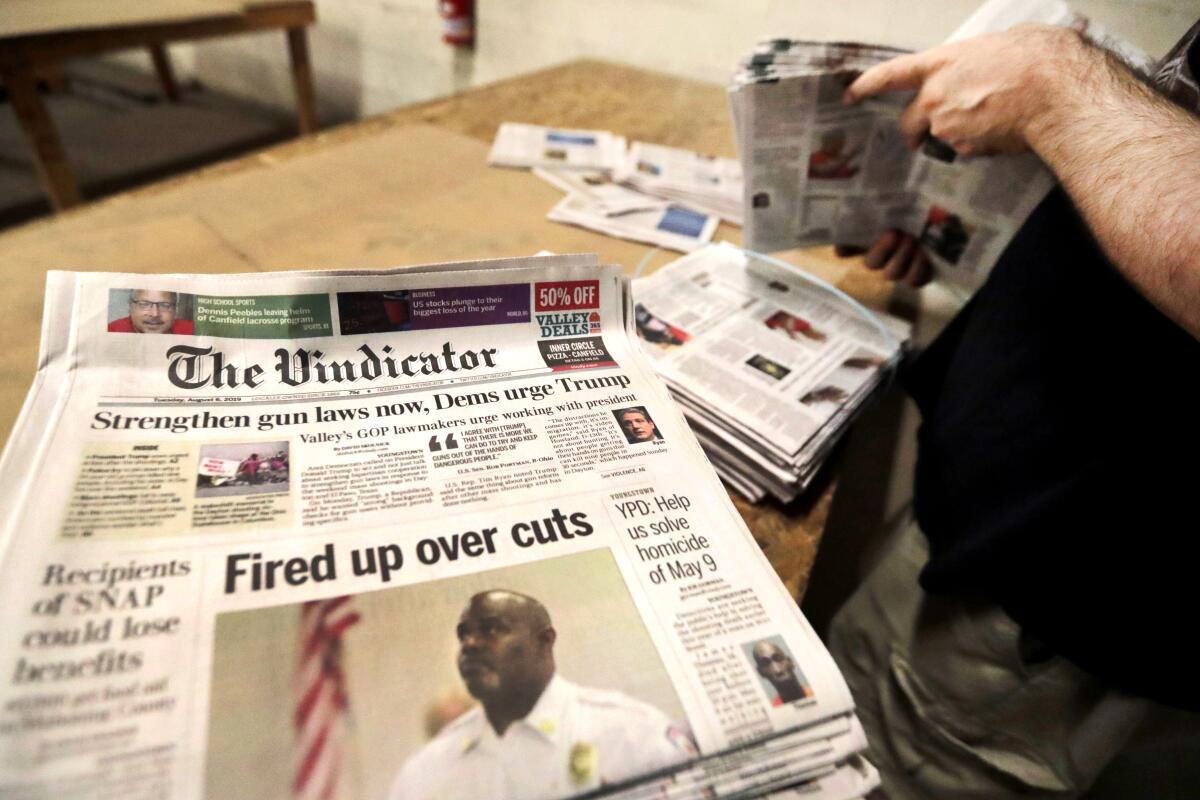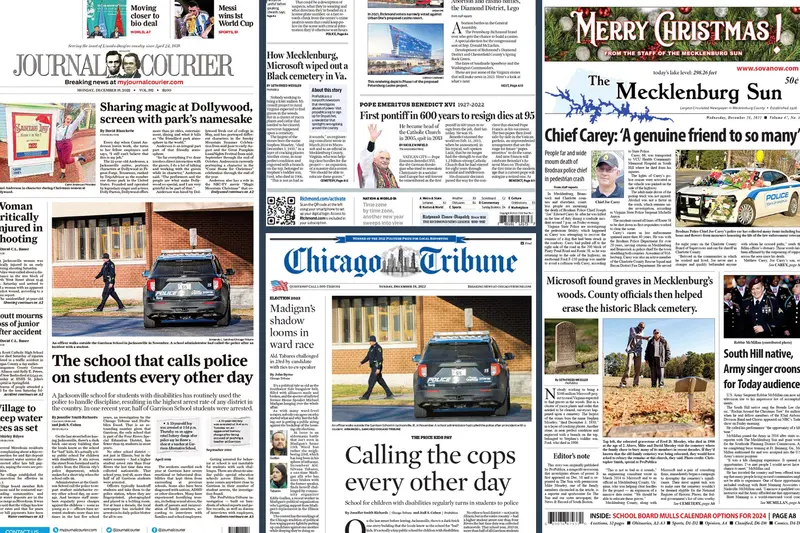6 Easy Facts About News Articles Described
6 Easy Facts About News Articles Described
Blog Article
About News Articles
Table of ContentsThe Only Guide for News ArticlesThe Facts About News Articles UncoveredSome Known Questions About News Articles.The Basic Principles Of News Articles 5 Easy Facts About News Articles Explained
Good expertise of different subjects offers trainees an affordable side over their peers. Despite the fact that digital and social media are conveniently obtainable, we should not forget how crucial it is to review the papers. Parents have to attempt and instill the practice of reviewing a paper as a day-to-day routine to proceed the legacy of the revered print tool.Information tales likewise include at the very least one of the adhering to essential characteristics relative to the designated target market: proximity, importance, timeliness, human rate of interest, anomaly, or effect. The related term journalese is occasionally made use of, typically pejoratively, to describe news-style writing. An additional is headlinese. Newspapers typically stick to an expository writing design.
Within these restrictions, news tales additionally aim to be extensive. Among the larger and more revered newspapers, justness and equilibrium is a significant factor in presenting details.
Papers with an international audience, for instance, tend to utilize a much more formal design of composing. The particular choices made by an information outlet's editor or content board are commonly gathered in a style overview; common style overviews include the and the United States News Style Publication. The main objectives of information writing can be summarized by the ABCs of journalism: precision, brevity, and clarity.
Indicators on News Articles You Should Know
As a policy, reporters will not make use of a lengthy word when a brief one will certainly do. Information writers attempt to stay clear of making use of the exact same word a lot more than when in a paragraph (occasionally called an "echo" or "word mirror").
Headlines sometimes leave out the topic (e.g., "Jumps From Boat, Catches in Wheel") or verb (e.g., "Pet cat lady lucky"). A subhead (also subhed, sub-headline, subheading, subtitle, deck or dek) can be either a subordinate title under the primary headline, or the heading of a subsection of the write-up. It is a heading that comes before the primary message, or a team of paragraphs of the main message.

of a short article topic, informant, or interviewee), it is referred to as a drawn quote or pull quote. Extra billboards of any of these types may show up later in the short article (particularly on subsequent pages) to entice further reading. Journalistic web sites occasionally make use of computer animation strategies to swap one billboard for another (e.g.
Get This Report about News Articles
Such signboards are additionally made use of as guidelines to the short article in various other sections of the magazine or site, or as advertisements for the piece in other publication or websites. News release of the Swiss federal government. Common structure with title, lead paragraph (recap in strong), other paragraphs (information) and call info.

Instance of a hard-lead paragraph NASA is suggesting another room job. The spending plan demands approximately $10 billion for the task.
The NASA statement came as the agency requested $10 billion of appropriations for the read project. An "off-lead" is the 2nd essential front page news of the day. The off-lead appears either in the leading left corner, or straight listed below the lead on the. To "bury the lead" is to start the post with background information or information of additional importance to the viewers, compeling them to learn more deeply into a write-up than they should need to in order to uncover the crucial factors.
The 10-Second Trick For News Articles
Common usage is that one or more sentences each form their own paragraph. Journalists generally describe the organization or structure of a news tale as an inverted pyramid. The essential and most interesting elements of a tale are put at the beginning, with supporting details following in order of lessening importance.
It allows individuals to check out a topic to just the deepness that their inquisitiveness takes them, and without the charge of details or nuances that they might take into consideration pointless, yet still making that details readily available to a lot browse around here more interested readers. The inverted pyramid structure also enables posts to be cut to any type of arbitrary size throughout design, to fit in the room available.
Some authors begin their tales with the "1-2-3 lead", yet there are several sort of lead available. This format usually begins with a "5 Ws" opening paragraph (as described over), followed by an indirect quote that serves to support a major component of the very first paragraph, and after that a direct quote to sustain the indirect quote. [] A twist can describe several things: The last tale in the news broadcast; a "happy" story to finish the program.
Longer articles, such as publication cover write-ups and the pieces that lead the inside areas of a newspaper, are referred to as. Attribute stories differ from straight information in several ways. Foremost is the lack of a straight-news lead, the majority of the time. Instead of using like this the significance of a tale up front, function authors may try to lure visitors in.
The 5-Minute Rule for News Articles
The journalist usually information interactions with interview subjects, making the piece extra personal. A function's very first paragraphs often associate an intriguing moment or event, as in an "anecdotal lead". From the particulars of a person or episode, its sight rapidly widens to generalities concerning the tale's topic. The section that indicates what an attribute has to do with is called the or signboard.

The Editor's Tool kit: A Recommendation Guide for Beginners and Professionals (2001) Allan M. Siegal and William G. Connolly. The New York City Times Manual of Design and Use: The Official Design Overview Utilized by the Writers and Editors of the World's The majority of Authoritative Paper (2002) M. L. Stein, Susan Paterno, and R.
Report this page